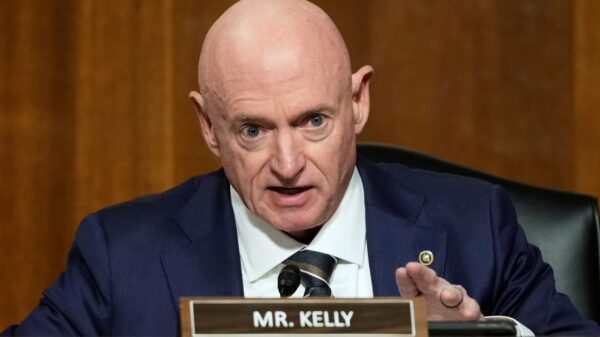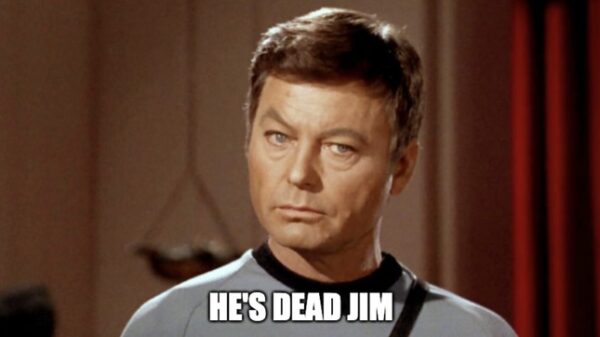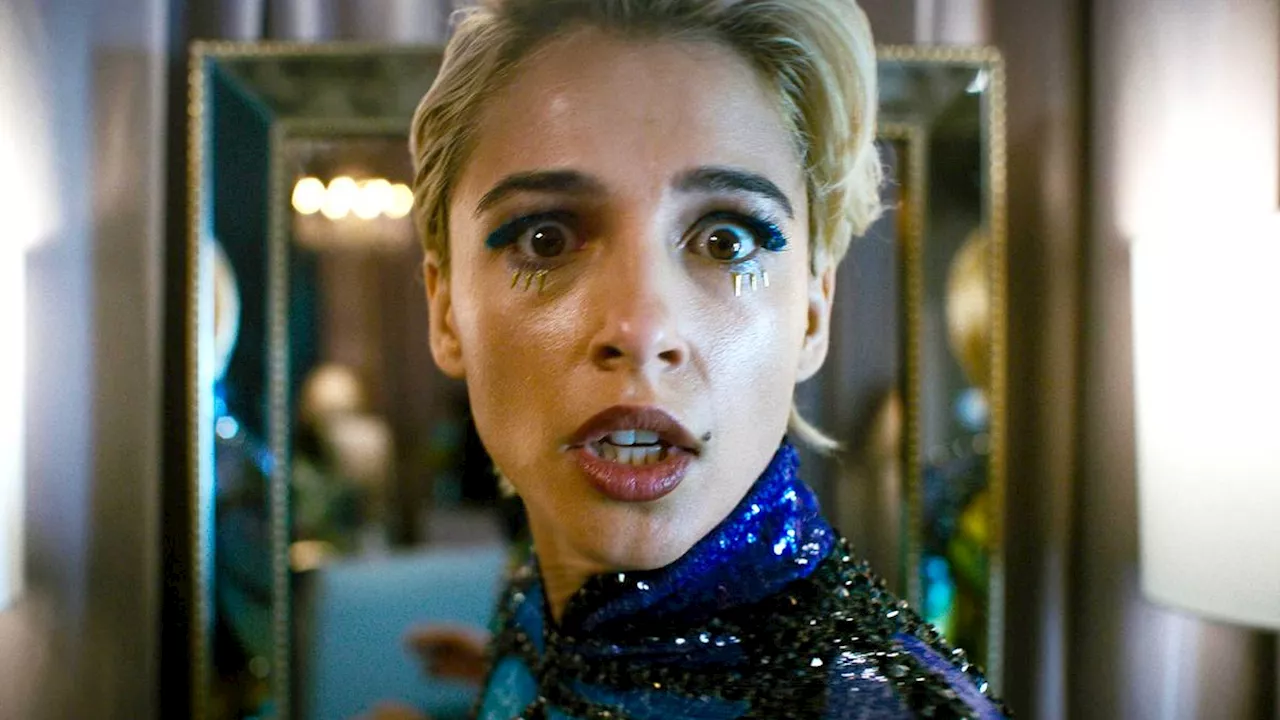Two blockbuster films, *Lucy* and *Split*, have achieved significant box office success, but they have also contributed to widespread misconceptions about psychology. These movies, while entertaining, distort critical aspects of human cognition and mental health, according to experts in the field.
Misconceptions About Brain Usage in *Lucy*
In *Lucy*, Scarlett Johansson plays a woman transformed by a powerful synthetic drug that supposedly unlocks the full potential of the human brain. The film promotes the enduring myth that humans use only 10% of their brains, a claim that has been debunked by scientific research. Neuroimaging studies have shown that all areas of the brain exhibit activity, even during sleep.
As described by psychologist Stephen Beyerstein, the misconception likely originated in the late 19th and early 20th centuries when early scientists observed dormant brain activity with limited measurement techniques. Over time, this observation morphed into the popular notion that vast portions of the brain remain unused. *Lucy* amplifies this myth as the character’s brain usage percentage increases, leading to extraordinary abilities like telekinesis and omnipotence.
These portrayals create a skewed understanding of intelligence and cognition. In reality, cognitive abilities depend on the efficiency and connectivity of neural networks, influenced by experiences, education, and genetics. There is no miraculous substance that can transform a person into a superhuman overnight.
Distorted Representation of Dissociative Identity Disorder in *Split*
In contrast, *Split*, directed by M. Night Shyamalan, follows Kevin Wendell Crumb, a man with 23 distinct personalities and a violent alter known as “The Beast.” While the film is a gripping thriller, its depiction of Dissociative Identity Disorder (DID) is misleading and sensationalized.
DID is a complex psychiatric condition typically rooted in severe childhood trauma. People with DID may experience two or more distinct identities, each with its own memories and ways of interacting with the world. Contrary to the portrayal in *Split*, individuals with DID are not inherently violent. Research indicates that the majority of people with this disorder do not exhibit violent tendencies; rather, they often face challenges in daily life due to their condition.
The film leans heavily into the stereotype of the “evil split personality,” perpetuating harmful narratives that link mental illness to danger. Such representations can hinder public understanding and acceptance of DID, making it challenging for individuals to receive the support they need.
Psychologists argue that films should strive for accuracy, especially in fields like psychology where misconceptions can have lasting effects. Most viewers will not access peer-reviewed studies on neuroscience or mental health; instead, their perceptions are shaped by popular media.
*Split* had the potential to tell a nuanced story about DID, especially considering McAvoy’s compelling performance. However, Hollywood often prioritizes spectacle over accuracy, missing opportunities to foster greater awareness about mental health issues.
As the conversation about mental health continues to evolve, it remains crucial for filmmakers to consider the impact of their portrayals. Engaging storytelling can coexist with factual representation, ultimately enriching both the narrative and public understanding of these complex issues.








































































